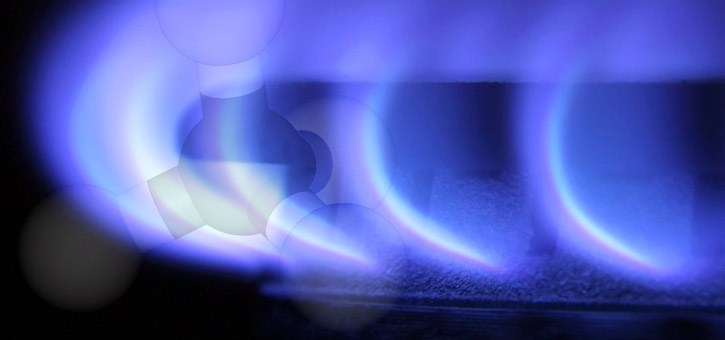The carbon isotope signature of methane is often presented as the ‘silver bullet’ capable of identifying whether soil gas is from a deeper thermogenic source or produced by microbial processes. The stakes are high because failing to identify a gas migration (GM) issue can have serious environmental consequences, and falsely implicating a GM (also known as stray gas) issue comes at a significant cost to the operator.
In many cases, when a GM issue is confirmed, the carbon isotope signature of methane is used to isolate a likely target zone for down-hole repair. Knowing the depth of the leaking zone can dramatically reduce repair costs. What happens when the isotope values on methane are seemingly wrong? Your down-hole repair costs will rise exponentially. In reality, the isotopes are never wrong; rather, it’s the interpretation that is likely incorrect.
The most commonly overlooked factors are secondary microbial effects that change the carbon isotope signatures of the methane. The greatest impact we typically see is from microbial methane oxidation. The good thing is that this fundamental process can be characterized by the change in δ13C values associated with the different reaction rates between the heavy and the light isotopes of carbon. The 13C forms a stronger bond relative to 12C, and therefore requires more energy to break. This increases the kinetic barrier for the 13C-containing methane molecule and subtly slows the reaction (kinetic isotope effect) relative to the 12C-containing molecule. Since the heavier isotope reacts more slowly, during the course of the chemical transformation (methane oxidation), the methane becomes 13C-enriched as the 12C is incorporated into the products of the reaction.
What does this mean? It means that the microbial organisms are making the methane artificially appear more thermogenic!
So, how does this affect you? It leads to unnecessary well re-entry due to falsely implicated GM issues, and therefore exponentially increases the costs of your down-hole repairs for incorrectly implicated deeper source zones.
How can you avoid it? The first step is to develop a fundamental understanding of some of the limitations of these isotope interpretations so you know what to look for in the reports.
We use a comprehensive approach that includes field techniques, sampling devices, and theoretical models developed over a decade by the oil/gas, mining, and environmental sectors. Learn some of our ‘tricks of the trade’ to get it right the first time, every time, by following our blog at Chemistry-Matters.com.




